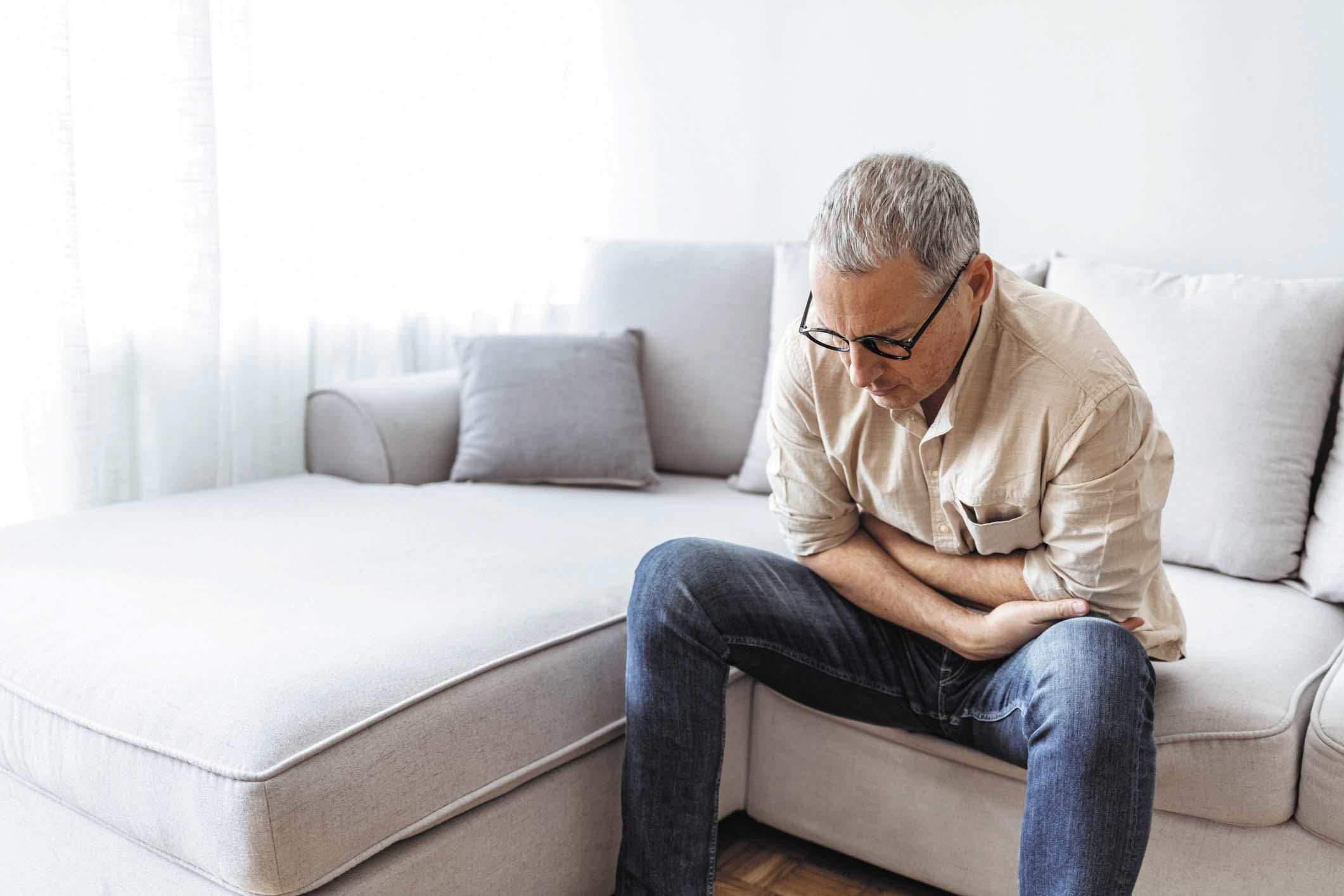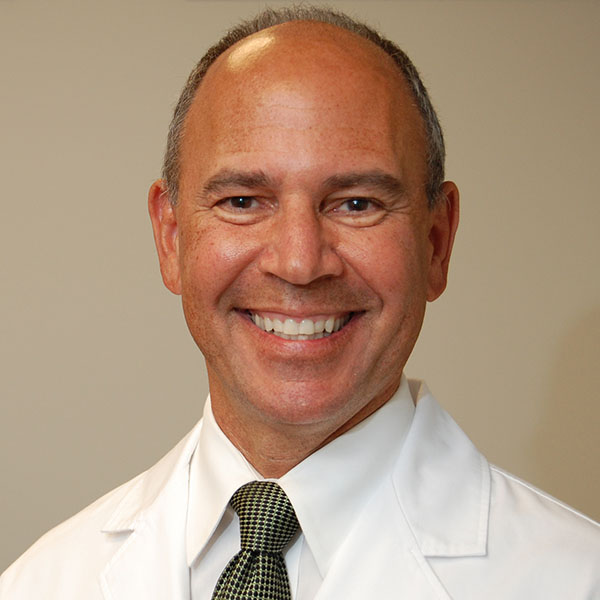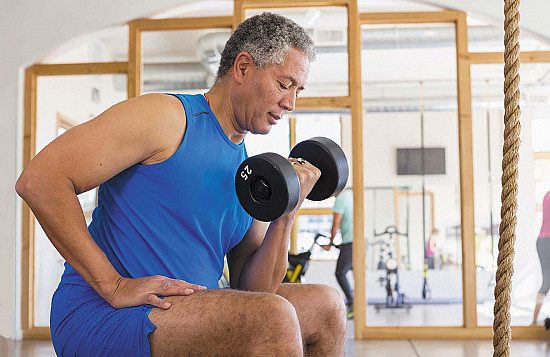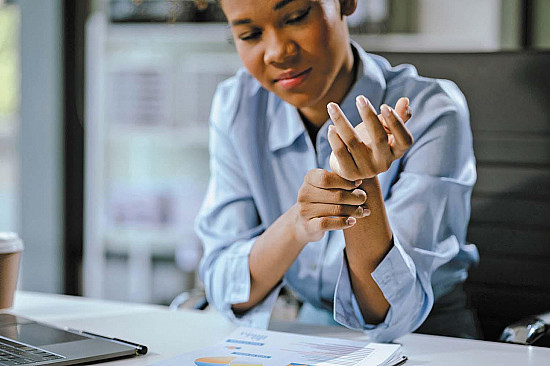What to do about pain “down there”?
Determining the specific cause and best therapy for chronic pelvic pain often requires patience.
- Reviewed by Howard E. LeWine, MD, Chief Medical Editor, Harvard Health Publishing; Editorial Advisory Board Member, Harvard Health Publishing

Chronic pelvic pain — a condition also known as chronic prostatitis / chronic pelvic pain syndrome, or CP/CPPS — is one of the more common and challenging conditions older men face. “CP/CPPS is often regarded as an 'orphan disease,’ as it has no definitive cause or proven treatments,” says Dr. Michael O’Leary, a urologist and professor of surgery at Harvard-affiliated Brigham and Women’s Hospital. “This makes it tough to diagnose and frustrating for men seeking relief.”
Who gets CP/CPPS?
Some estimates say that up to 15% of men will experience CP/CPPS during their lives. Symptoms include cramping, aching, or throbbing pain in and around the pelvis and genitals. CP/CPPS can be associated with erectile dysfunction and painful ejaculation. Many men with the disorder often complain of frequent and urgent urination and a burning sensation.
While the problems of CP/CPPS are real, the underlying cause is often unknown. “Not much recent research has been done in this area, so experts often differ on its possible causes,” says Dr. O’Leary.
“Symptoms also can vary significantly for the same underlying problem. For instance, similar discomfort can occur with a documented prostate infection, inflammation without infection, nerve dysfunction, or an imbalance of microorganisms in the gland we are just learning about. Or some combination of these.”
Another reason CP/CPPS is tricky to diagnose is that symptoms can come and go. The discomfort may suddenly vanish, only to return weeks or even months later. When the symptoms do reappear, they may be more severe than before, or new ones may occur.
How to diagnose CP/CPPS
Even with the challenges of diagnosis, doctors may identify CP/CPPS by ruling out all other possible causes. Your doctor first will ask questions to assess pain levels, urinary symptoms, and quality of life, including any new appearance of anxiety or depression. The doctor will perform a physical exam, including a rectal exam, and usually order urine and blood tests to look for signs of infection and check kidney function.
Some doctors also use a system called UPOINT as part of the diagnosis process by rating a person’s symptoms, severity, and location. The results can further identify possible underlying causes and help pinpoint treatment options.
UPOINT stands for
- urinary symptoms
- psychosocial symptoms, such as anxiety, depression or stress
- organ-specific symptoms (for instance, those affecting only the prostate)
- infection-related symptoms
- neurologic symptoms
- tenderness in the muscles and pelvic floor.
“If your evaluation shows no specific problem that could explain your symptoms, CP/CPPS is the likely diagnosis,” says Dr. O’Leary.
Trying treatments
There is no cure for CP/CPPS, so the goal of treatment is to manage the condition and keep it in remission. “Until we know more, treatment is a trial-and-error approach,” says O’Leary. Here are some strategies commonly used to alleviate and manage specific CP/CPPS symptoms. It’s typical to try more than one before finding something that works. A combination of treatments may also be necessary. “Many men can manage their CP/CPPS and get better over time, so never feel that you just have to deal with the discomfort,” says Dr. O’Leary.
Antibiotics. Even with normal urine and blood tests, doctors may prescribe a course of antibiotics because the symptoms could be from a prostate infection.
Alpha blockers. Alpha blockers such as tamsulosin (Flomax) can help relax the muscles in and around the prostate and the base of the bladder.
Anti-inflammatories. Over-the-counter or prescription-strength nonsteroidal anti-inflammatory drugs, such as ibuprofen (Advil, Motrin) or naproxen (Aleve), can help relieve occasional flare-ups. Make sure to follow the label’s dosage recommendations.
Myofascial release therapy. Pelvic floor muscle spasm is a possible cause of CPPS, and myofascial release therapy, a gentle type of massage, helps reduce tension in the pelvic muscles and the surrounding tissues.
Shock wave therapy. With shock wave therapy, a device sends sound or pressure waves into an affected area to stimulate the body’s natural healing process. For CP/CPPS, it may help reduce inflammation and pain, improve blood flow to the area, and reduce muscle spasms.
Aerobic exercise. Research has shown that engaging in any kind of regular aerobic exercise can help reduce symptoms and enhance quality of life.
Image: © ljubaphoto/Getty Images
About the Author

Matthew Solan, Executive Editor, Harvard Men's Health Watch
About the Reviewer

Howard E. LeWine, MD, Chief Medical Editor, Harvard Health Publishing; Editorial Advisory Board Member, Harvard Health Publishing
Disclaimer:
As a service to our readers, Harvard Health Publishing provides access to our library of archived content. Please note the date of last review or update on all articles.
No content on this site, regardless of date, should ever be used as a substitute for direct medical advice from your doctor or other qualified clinician.
















